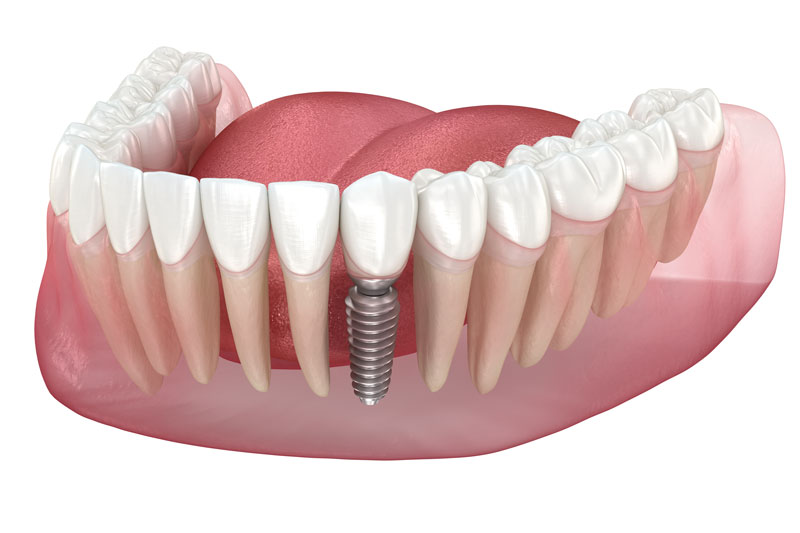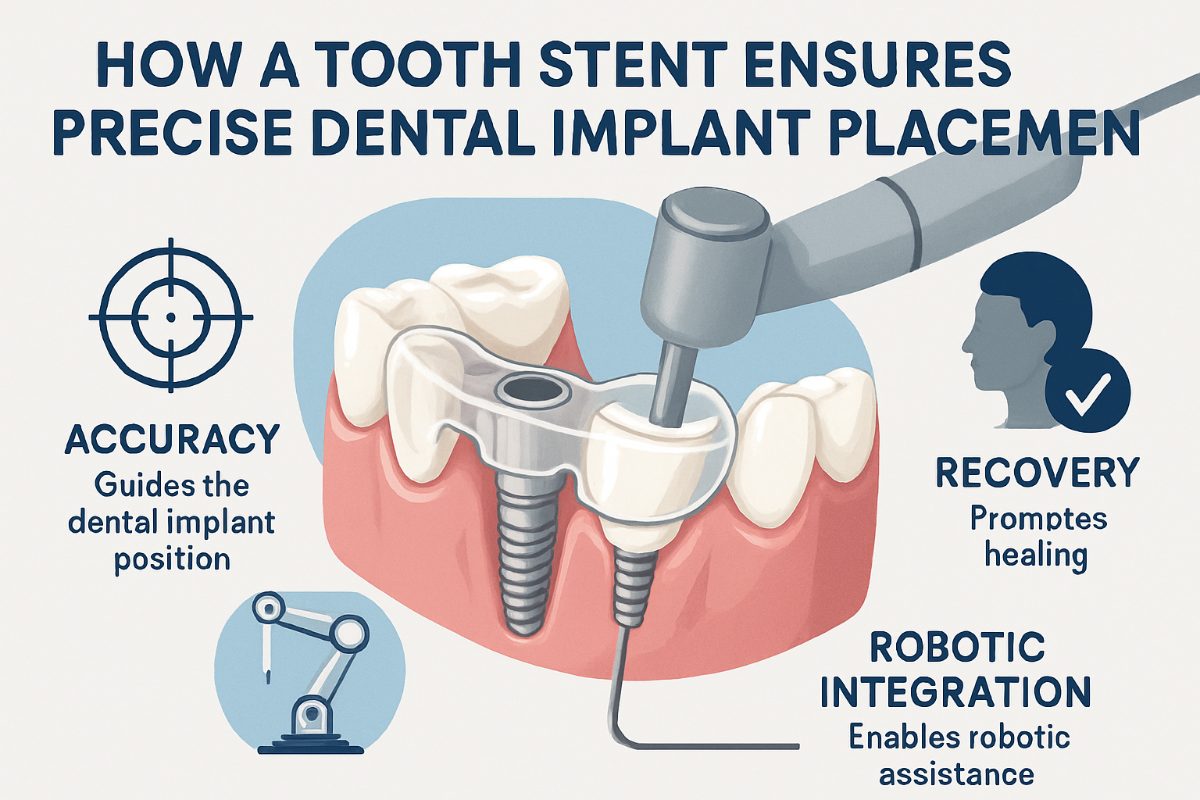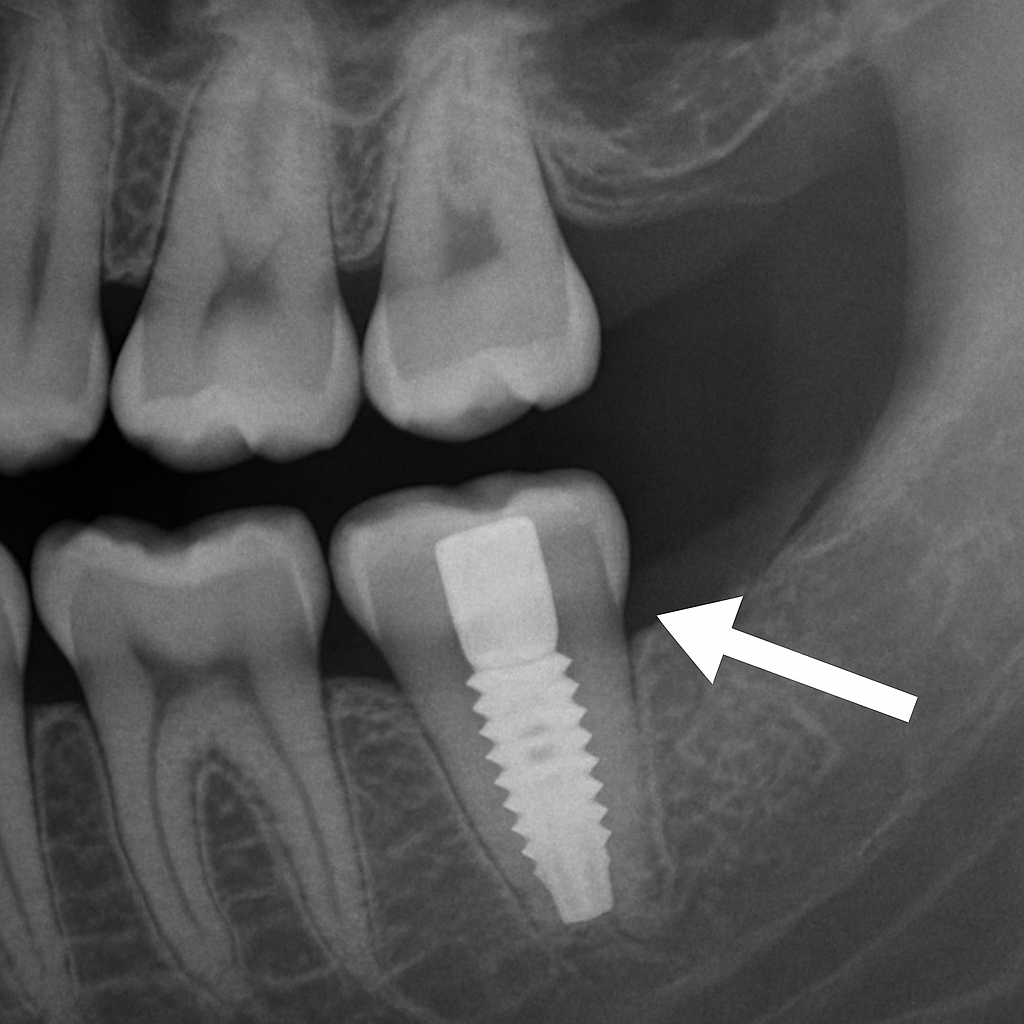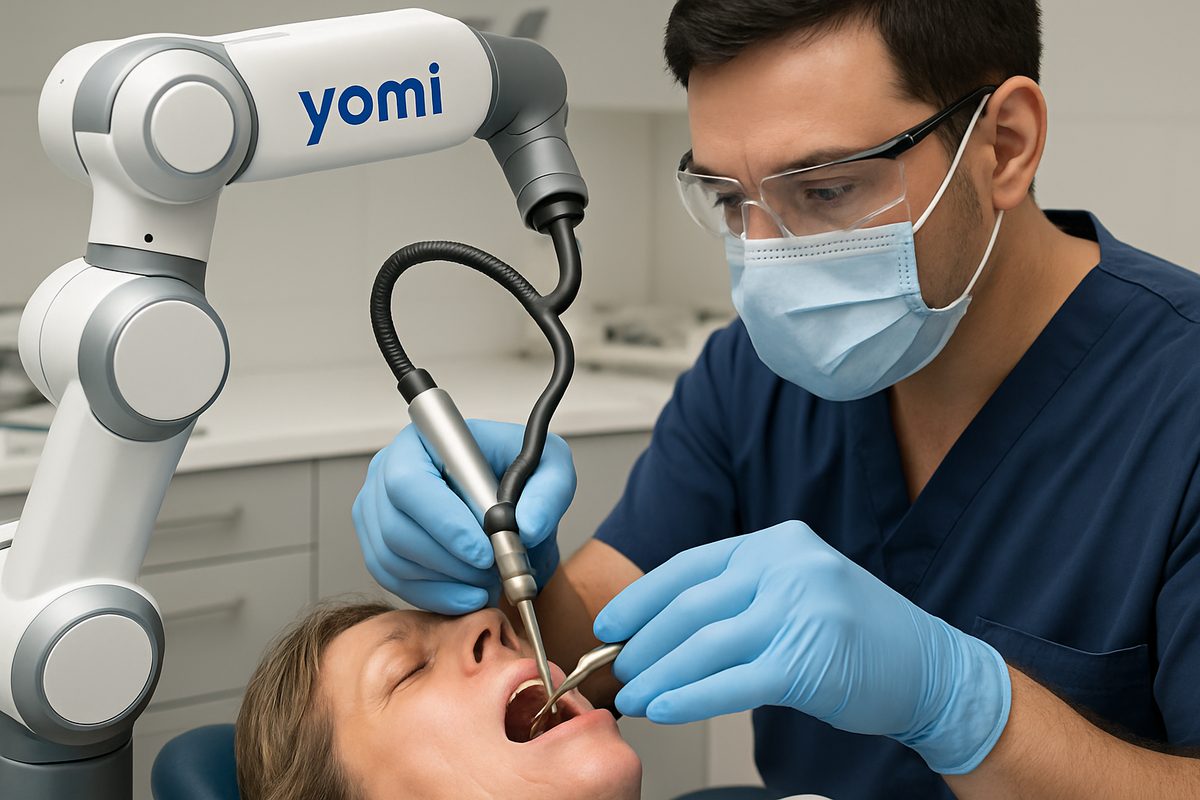Dental Blog - HANNIBAL, MO
Tips, Facts, And The
Latest In Dentistry

Robotic Surgery Tooth Implants: Are They Right For You?

Considering robotic surgery tooth implants? This article reviews what “surgery tooth” implants mean when placed with robotic guidance, explains the role of the YOMI robot, and gives a quick look at pros and cons, who is a good fit, and practical next steps. Expect a short overview, clear benefits and risks, and simple guidance on finding a provider and scheduling a consult or CBCT evaluation.
What is a robotic surgery tooth implant?
A “surgery tooth” implant refers to a dental implant placed to replace a missing tooth. Robotic guidance uses preoperative digital planning and an assistive device—like the YOMI robot—to help the surgeon position the implant more precisely than freehand placement. The YOMI robot does not operate independently; it provides real-time guidance and haptic feedback based on a CBCT plan so the surgeon can follow the exact angle, depth, and position decided during planning.
Benefits and risks of surgery tooth placement with YOMI
Key benefits
- Higher accuracy: Robotic guidance improves implant positioning predictability for a single surgery tooth or full-arch cases.
- Less tissue trauma: Precise angulation can reduce unnecessary bone and gum disturbance, which may speed healing.
- Better outcomes in complex cases: Limited bone, tight spaces, or difficult angulation are easier to manage with a YOMI-guided plan.
Potential risks and limits
- Cost and availability: YOMI-guided surgery tooth placement can be more expensive and may not be available at all practices.
- Depends on surgeon skill: The robot assists but does not replace clinical judgment. Experience with the system matters.
- Standard implant risks remain: Infection, implant failure, or healing problems can still occur despite robotic guidance.
Who is a good candidate and what to expect
Good candidates for a robot-assisted surgery tooth implant typically have adequate bone or are willing to undergo bone-prep procedures, controlled medical conditions, and follow post-op instructions. Non-smokers or patients ready to follow smoking cessation advice generally heal better. Robotic guidance is especially helpful for single-tooth precision, placements near vital structures, or when bone anatomy limits freehand options.
Typical procedure flow:
- Consultation and medical review, including CBCT imaging for digital planning.
- Pre-op planning with the YOMI system to map implant size, position, and angle.
- YOMI-guided implant placement where the surgeon follows the robot’s guidance during drilling and implant insertion.
- Healing timeline: short-term soreness, several months of osseointegration, then restoration with a crown.
Aftercare includes soft diet for a few days, good oral hygiene, prescribed medications as needed, and follow-up visits to check healing and progress.
Finding a provider and our approach to surgery tooth implants with YOMI
When choosing a provider, ask about their YOMI experience: how many cases they’ve done, before-and-after photos, and whether they use CBCT planning for every surgery tooth implant. Also ask about sedation options and what the follow-up schedule looks like.
We use the YOMI robot for guided implant placement and offer consults and CBCT evaluations to determine if robotic surgery tooth care is right for you. If you want a precise plan and potentially faster recovery for a single tooth or more complex placements, schedule a consultation to review your CBCT and options.
Ready to learn if a robotic surgery tooth implant with YOMI is right for you? Contact us to book a consult or CBCT evaluation and get a clear treatment plan.





